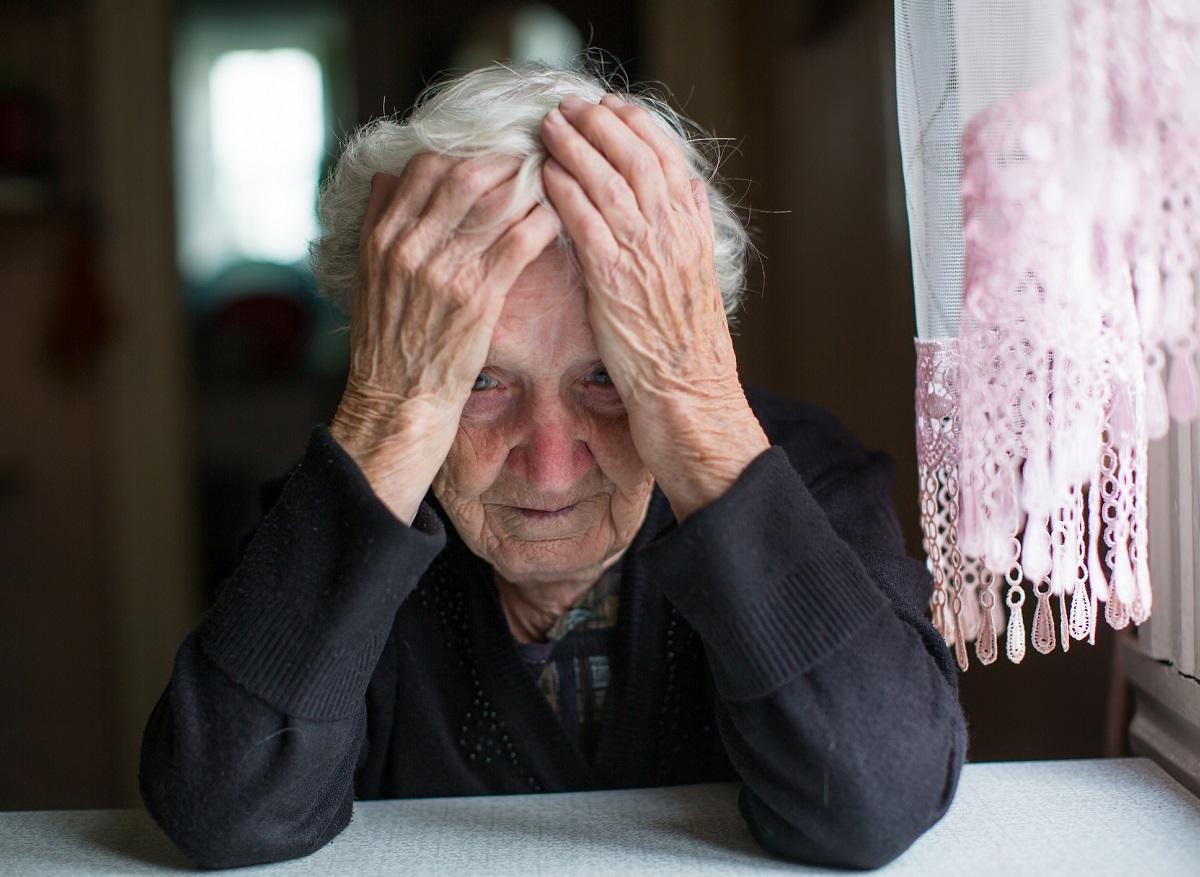Assessment of pain in older adults presents particular challenges due to various factors related to age, comorbidities, and cognitive abilities.

- Older adults may have difficulty verbalizing their pain due to language impairment, a language barrier, or discomfort in expressing their suffering.
- Therefore, observing facial expressions, body language, mood changes and sleep disturbances can help identify telltale signs of pain.
- The older person should also be actively involved in the pain assessment and treatment process, taking into account their preferences and priorities for care.
To address these challenges, several adjustments must be considered when assessing pain in this population.
1. Understanding the particularities of pain communication in older people
- Difficulty expressing pain: Older adults may have difficulty verbalizing their pain due to language impairment, a language barrier, or discomfort in expressing their suffering.
- Minimizing pain: Fear of being a burden to loved ones or stoicism acquired over the years can lead older adults to minimize or deny their pain.
2. Adapt pain assessment tools
- Favor multidimensional tools: Use tools that assess pain on multiple dimensions, such as intensity, location, functional and emotional impact, and sensory and cognitive aspects.
- Opt for simple and visual self-assessment scales: Use numerical scales or facial scales with clear illustrations to facilitate understanding and communication.
- Incorporate behavioral observation tools: Observe facial expressions, body language, mood changes, and sleep disturbances to identify telltale signs of pain.
3. Collect information from caregivers and healthcare staff
- Involve family caregivers and care staff: Obtain their observations on the behavior and expressions of pain of the older person in different contexts.
- Consider changes in habits and routines: Note changes in appetite, physical activity, mood, and sleep to identify potential pain signals.
4. Adapt the assessment approach according to cognitive abilities
- Simplify questions and instructions: Use clear, concise language that is appropriate to the older person’s level of understanding.
- Break the assessment into several stages: Divide the assessment into short sessions to avoid fatigue and maintain attention.
- Involve a familiar companion: Request the presence of a family member or trusted loved one to facilitate communication and emotional support.
5. Take into account comorbidities and polypharmacies
- Assess the impact of chronic diseases: Take into account existing pathologies that may contribute to pain and influence its perception.
- Identify drug interactions: Review prescribed and over-the-counter medications to identify any that might mask or worsen pain.
- Consider side effects of treatments: Assess the potential impact of treatments on pain perception and tolerance.
6. Promote a caring and safe assessment environment
- Choose a quiet, private place: Avoid noisy or distracting environments that could disrupt concentration.
- Adopt an empathetic and respectful attitude: Listen carefully to the concerns of the elderly person and reassure them about the confidentiality of the information collected.
- Clearly explain the objectives of the assessment: Inform the older person of the purpose of the assessment and how the information collected will be used to improve their care.
7. Adapt pain monitoring and reassessment
- Establish regular monitoring: Assess pain at regular intervals, especially after changes in treatment or health condition.
- Adjust assessment tools and approaches according to needs: Adapt assessment methods according to changes in the elderly person’s condition and cognitive abilities.
- Communicate effectively with the healthcare team: Share the results of the pain assessment with other healthcare professionals involved in the care of the elderly person.
8. Promote a person-centered approach
- Prioritize the preferences and priorities of the older person: Actively involve the older person in the pain assessment and treatment process, taking into account their preferences and priorities for care.
- Promote pain self-management: Encourage the older person to develop pain self-management strategies, such as relaxation techniques, adapted physical exercises and lifestyle modifications.
- Collaborate with the multidisciplinary team: Involve all healthcare professionals, family caregivers and loved ones in a collaborative and coordinated approach for optimal pain management.
9. Raise awareness and train health professionals
- Develop continuing education programs: Provide health professionals with specific training on the assessment and management of pain in older adults.
- Update guidelines and recommendations: Disseminate clinical guidelines and recommendations based on the latest scientific evidence to guide health professionals in the assessment and treatment of pain in older adults.
- Promote research and innovation: Encourage research into new approaches and tools to improve the assessment and management of pain in older adults.
Pain assessment in older adults is a crucial component of quality care. By recognizing the specific challenges of age and adopting individualized and tailored approaches, healthcare professionals can improve the quality of life of older adults by effectively relieving their pain and promoting their overall well-being.
References
• French Society of Geriatrics and Gerontology (SFGG): https://www.sfetd-douleur.org/commission-douleur-en-geriatrie/
• High Authority of Health (HAS): https://has-sante.fr/jcms/p_3218057/fr/parcours-de-sante-d-une-personnel-presentant-une-douleur-chronique

















